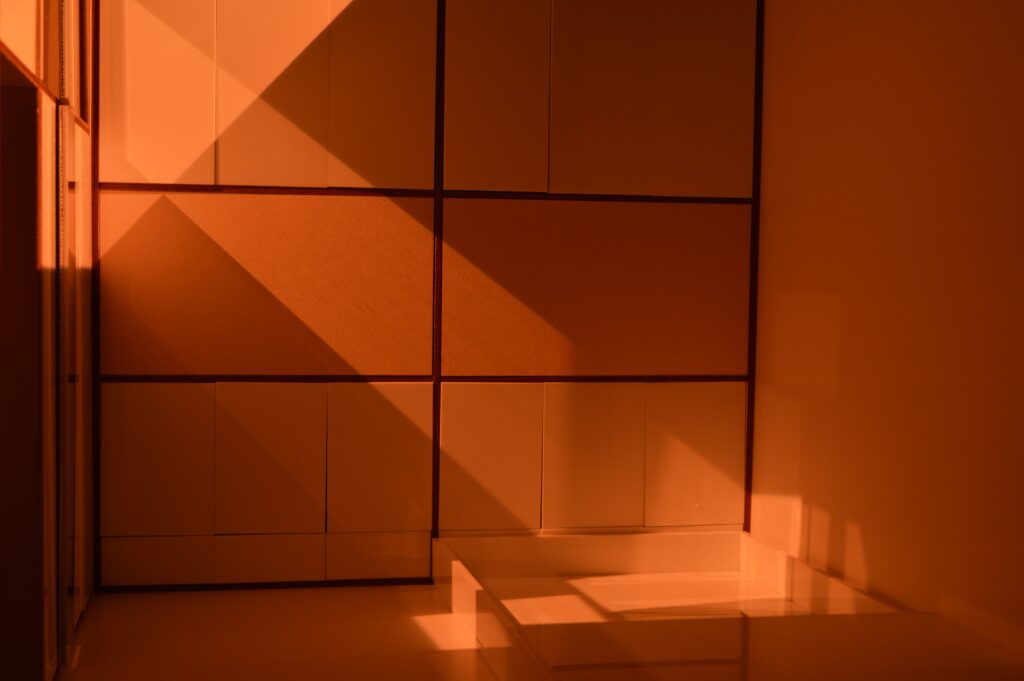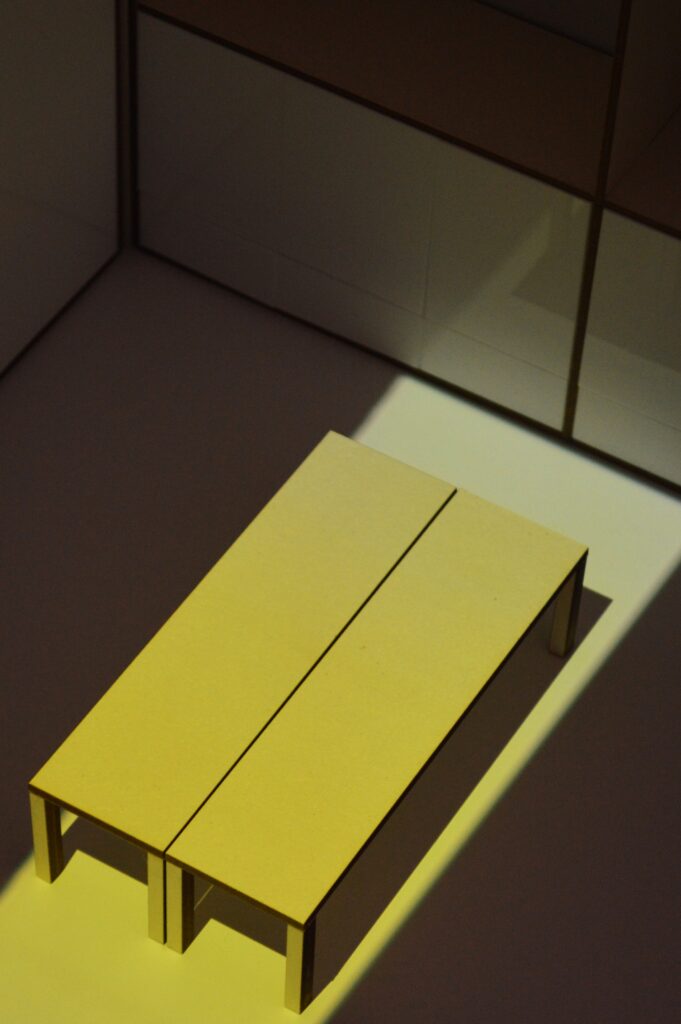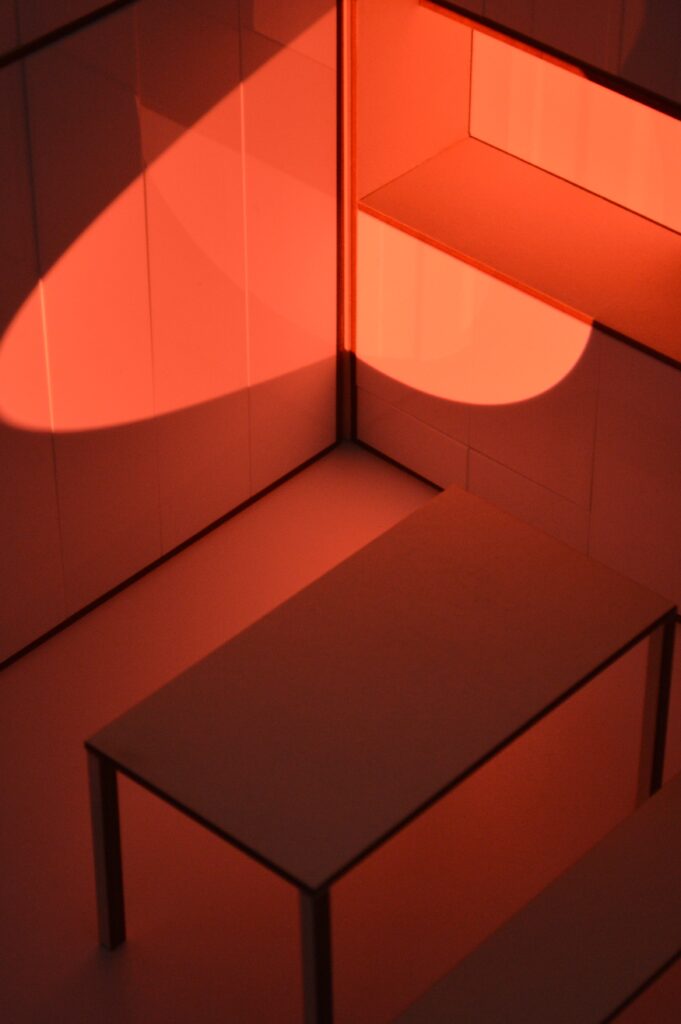Textil- und Flächendesign
Deutsch
English
ON LIGHT & SPATIAL PERCEPTION, WS 20/21
SCENARIO
For a while developments on Earth resembled the inexorable growth of a malignant tumor. In an uncontrolled, unleashed and unscrupulous manner resources were used up, species ruled out and ecosystems destroyed. After centuries of egocentric judgement and negligence, humanity was facing vast crises deriving from their mere existence — concluding in their complete withdrawal from nature so as to achieve its restoral and thereby human survival.
Today, the human population is agglomerated in zoned, so called ‘Benign Cities’. Each one adapted to its geolocation and natural environment, and connected to one-another only through a net-like inter-city railway-web. A ‘Benign’is a high and deep build, compact unit, created to form a closed self-sufficient environment with a human artificial ecosystem of its own. Resembling the interconnection of an anthill, buildings are not seen as individual constructions, but as a piece in a system. Connected through a
net of bridges, railways, elevators and lanes, spaces are three-dimensionally cross-linked. Being build most efficiently and thus compact, sunlight only reaches the upper levels. Out of fear that sunlight would become a symbol of prosperity and divide society it was defined as a fundamental human need. To achieve a fair distribution the upper levels were designated as community areas and public spaces. Moving the private rooms and personal space to lower decks without natural sunlight.
CONCEPT
Without light, color ceases to exist. Once light dims, intense colors dissolve until fading into nihility. A red wall that confers our personal space comfort, warmth and individuality, diminishes into the darkness — it ceases
to exist. On Light & Spatial Perception questions our perception of living spaces through the interaction of light and color. To imaginatively reinforce questioning our reality and spatial perception a future scenario emerged. This possible future is set in a time where humanity has completely withdrawn from nature to ensure survival. Through rethinking our spatial concept of buildings and rooms, due to an increased human population and lack of space. This approach is intended to open up space for projection and possibility, to better understand what we (do not) want.
‘A single room in a Benign’ is a room in the future scenario. It functions as a tool to visually experiment and under- stand the possible usages of an artificial-light-system that plays with materiality, perception and transformation of a closed space without natural sunlight. It is a vision of the future that does not focus on individual materials or pieces of furniture inside the room, but on the approach of a holistic use of light, a living light that plays with surfaces, time and spatial use. It is a preprogrammed light-system that interacts with the surfaces of all elements and furniture conferring varied personalities to a one-room-apartment.







